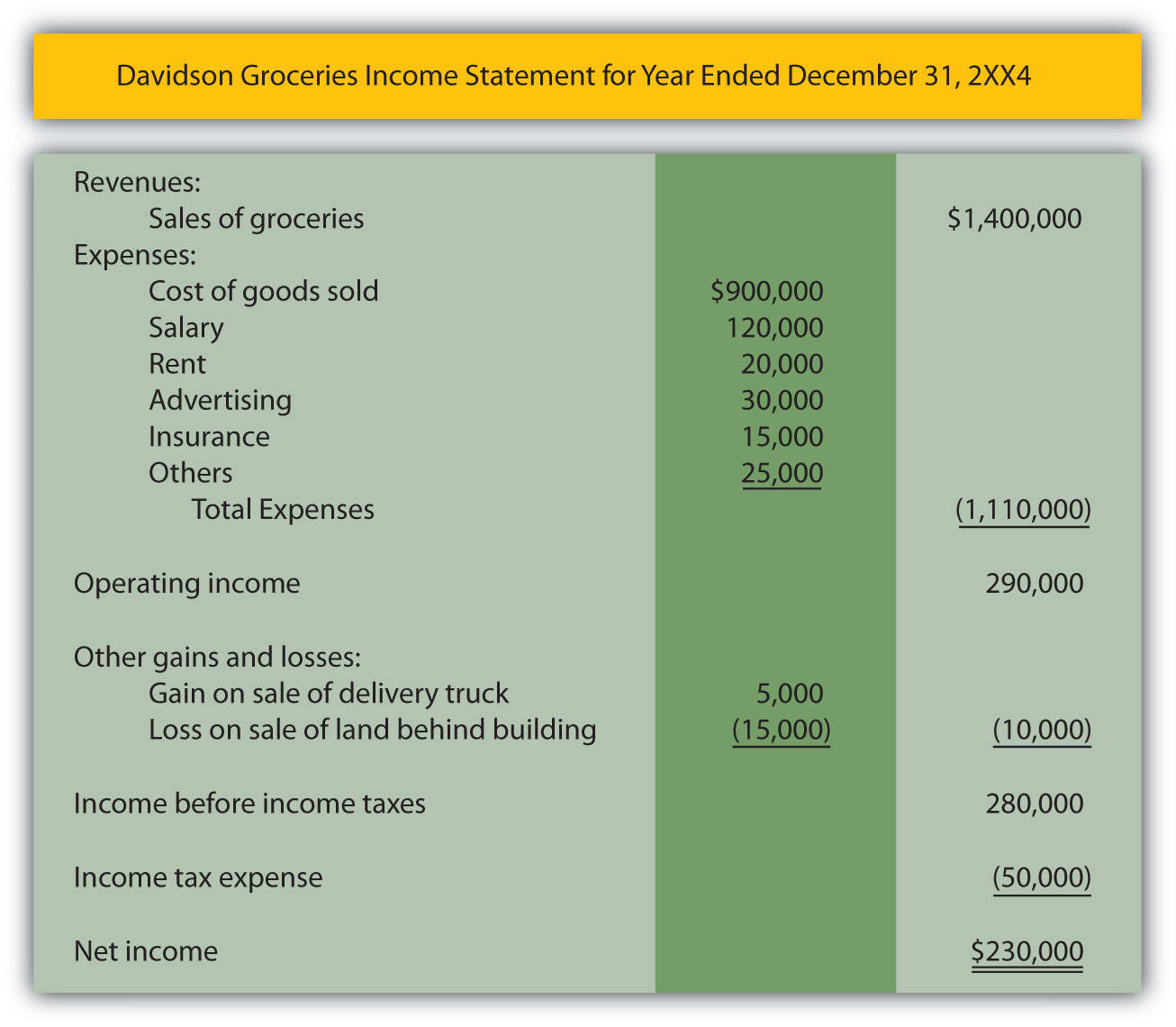

Finance
Financial Structure Definition
Published: November 24, 2023
Learn about the financial structure and its importance in managing finances. Explore various aspects of finance and how it impacts businesses and individuals in this comprehensive definition.
(Many of the links in this article redirect to a specific reviewed product. Your purchase of these products through affiliate links helps to generate commission for LiveWell, at no extra cost. Learn more)
Understanding Financial Structure: A Key to Financial Success
Welcome to our Finance category, where we strive to provide you with the knowledge and insights needed to navigate the complex world of personal finance. In this blog post, we will dive deep into the concept of financial structure and its significance in achieving financial success. So, whether you are a seasoned investor or just starting to take charge of your finances, understanding financial structure is essential for making informed decisions and securing a strong financial future.
Key Takeaways:
- Financial structure refers to the composition of a person’s financial assets, liabilities, and equity, which work together to create a complete financial picture.
- A well-balanced financial structure includes diverse investments, manageable debt levels, and sufficient equity to mitigate risks and optimize financial growth.
Before we delve into the details, let’s begin by answering a fundamental question:
What is Financial Structure?
Financial structure, in simple terms, refers to the components that make up the overall framework of an individual’s finances. It involves a careful analysis of the different elements, such as assets, liabilities, and equity, which collectively determine the financial health and stability of an individual.
A sound financial structure is crucial because it forms the basis for making strategic financial decisions, managing risks, and achieving long-term financial goals. Think of it as a strong foundation upon which your financial success is built.
Key Components of a Financial Structure:
A well-structured financial plan typically includes the following components:
- Assets: These are the possessions or investments that hold financial value and generate income or appreciation. Examples include savings accounts, stocks, real estate properties, and retirement savings.
- Liabilities: Liabilities refer to the debts or obligations that an individual owes to others, such as mortgages, student loans, credit card debt, or personal loans. Managing liabilities is crucial to maintain a healthy financial structure.
- Equity: Equity represents the ownership value in an individual’s assets. It is calculated by subtracting liabilities from the total value of assets. Higher equity signifies a stronger financial position as it acts as a cushion against potential losses or unexpected expenses.
The Importance of a Well-Balanced Financial Structure:
A well-balanced financial structure provides numerous benefits and lays the foundation for financial success. Here are a few reasons why having a well-structured financial plan is crucial:
- Optimal Risk Management: A diversified financial structure helps mitigate risks by spreading investments across different asset classes. This reduces exposure to potential losses and safeguards against market volatility.
- Long-Term Financial Growth: By maintaining a healthy balance of assets, liabilities, and equity, individuals can position themselves for long-term financial growth. This provides the flexibility to seize investment opportunities, handle emergencies, and plan for retirement.
- Debt Management: A well-structured financial plan includes strategies for managing and paying off debt effectively. This helps individuals avoid excessive interest payments and maintain a positive credit rating.
- Increased Financial Confidence: Understanding your financial structure empowers you to make informed decisions and take control of your financial future. It boosts confidence, reduces stress, and allows you to adapt to changing economic conditions.
In Conclusion:
Financial structure forms the backbone of your financial journey. By analyzing and optimizing your assets, liabilities, and equity, you can create a well-balanced financial plan that aligns with your goals and aspirations. Remember, achieving financial success is not just about earning money but also about managing it effectively. So, take the time to evaluate your financial structure and seek professional advice if needed. With a solid foundation in place, you will be well-equipped to navigate the ups and downs of the financial world and secure a prosperous future.














